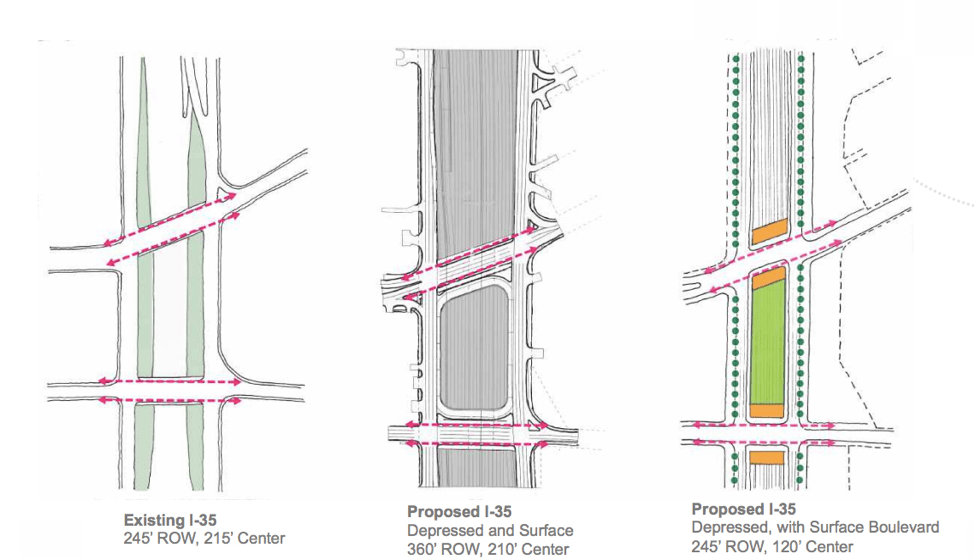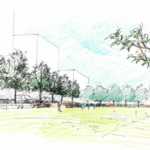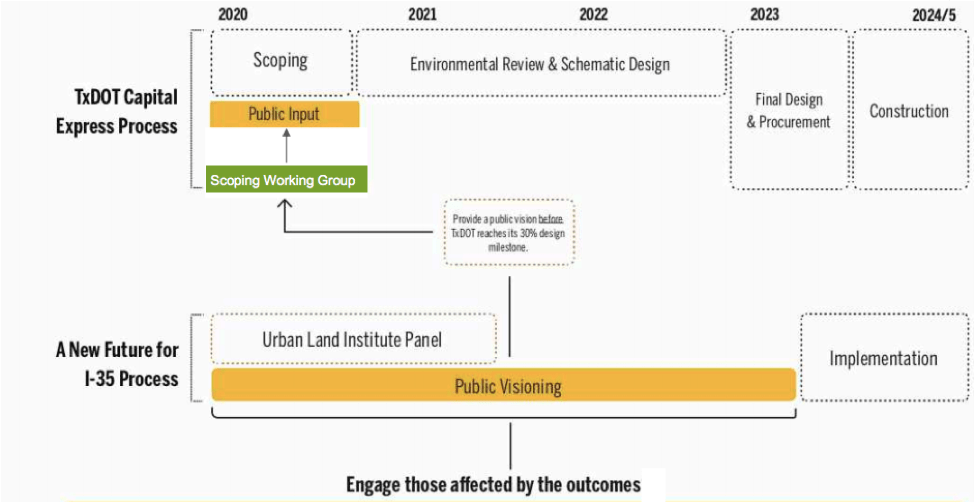Top Story
Location: Austin, TX
Sponsor: Downtown Austin Alliance
Subject Area: Transportation and Corridor Planning
Panel Chair: Marilyn Jordan Taylor, University of Pennsylvania, Philadelphia, PA
Download Report
View the Presentation Webinar
Panel Background and Assignment
The Texas Department of Transportation (TxDOT) is poised to initiate the schematic design and environmental study of an approximately 10-mile reconstruction project of the Interstate Highway 35 (I-35) through the heart of Austin, Texas (the Capital Express Central Project). The project will include the lowering of approximately 3 miles of highway through the center of the city. The State has identified an estimated more than $7 billion to upgrade the aging highway infrastructure an expects to begin construction in 2024 or 2025. An advisory services panel made recommendations to TxDOT, the city of Austin and the Downtown Austin Alliance on capping the I-35 freeway and ensuring a more integrated approach to corridor planning.
The panelists considered the following key areas:
- Enhancing multi-modal access to bring more people into the urban core via transit and modes other than driving;
- Meaningfully addressing affordability concerns and equity impacts around the area; and
- Creating a community vision for capping and stitching I-35 that represents the diverse voices involved in development.
Summary of Recommendations
The goal of the panel was to create a roadmap to help the Austin community take advantage of this incredible opportunity to shape the redesign of I-35 in a way that supports the city of Austin’s vision for the future.
- The next Six Months are Critical. The time to get started to realize the full potential of creating an integrated I-35 corridor is now. This will require a new approach to co-create an approach that prepares Austin for growth that is equitable, sustainable, and increases housing and retail affordability. It is also important to remember that this project is of significance to not only the city of Austin but also the state and nation.
- Framework for Community Engagement. Given the role I-35 has played in the City’s history, the panel believes creating an inclusive community engagement process should be the first priority. The panel outlines a framework for engagement that supports the goal of developing a co-created vision for the I-35 project.
- Framework for Urban Design. TxDOT’s proposed redesign of I-35 includes the depression of traffic lanes in certain sections of the highway, which would allow design interventions such as ‘caps’ and ‘stitches’ that enhance the public realm. The panel outlines a design framework that illustrates different options and considers the benefits and trade-offs.

- Workplan and Timeline for Engagement in the TxDOT/NEPA process. With the TxDOT design process already underway, it will be critical for the Austin community to organize quickly and prepare to participate in the upcoming scoping phase. The panel has outlined key milestones, inputs and decision points.
- Potential Approaches for Financing and Implementation. Drawing on local and national precedents, the panel has analyzed the cost of potential public realm improvements and identified a range of potential financing tools. In addition, the panel recommends other key aspects of project implementation, including ownership, governance, and long-term management/operations.

